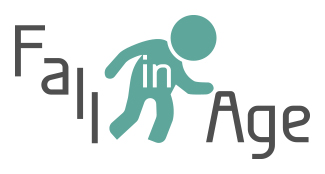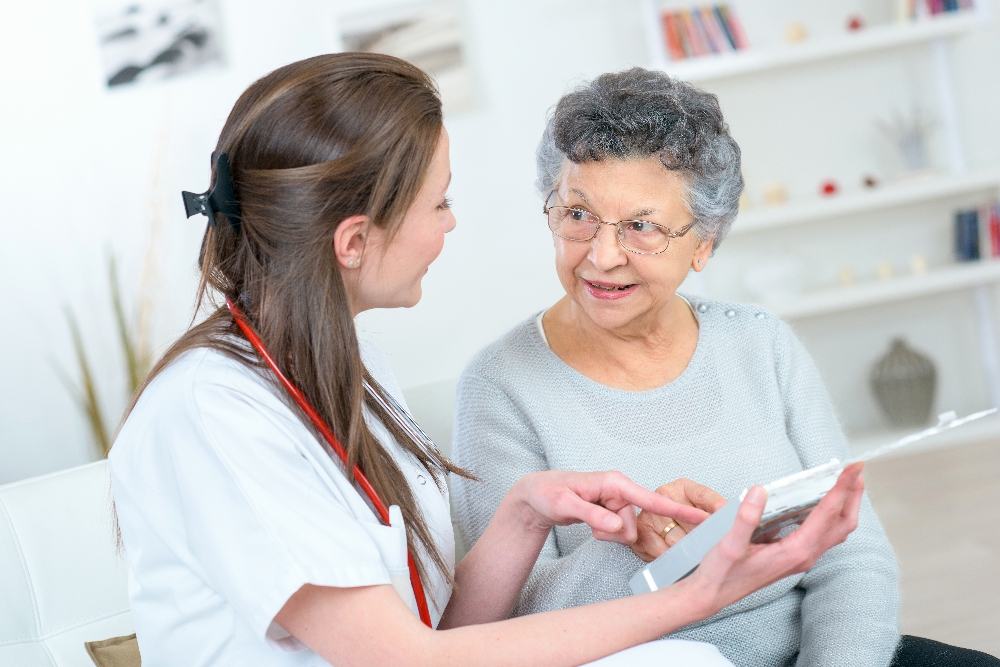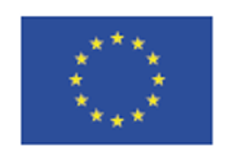
Innovative training for technology-based frailty and falls management
Objetivos
Frailty can be defined as a clinical condition in which there is an increased risk of individual vulnerability to develop adverse events such as dependence, higher Risk of Falling, and/or mortality when there is exposure to stressors. People in a situation of Frailty experience a decrease in the ability to develop the basic and instrumental activities of daily life. This decline entails a greater demand for social and health resources, from home care to institutionalization. Frailty affects between 10 and 25% of older adults and about 50% of those over 85 years. This situation is aggravated in Europe, which is the continent with the highest life expectancy. In 2050, is expected to be 70% more people over 65 in the EU.
Frailty is a continuous phenomenon; from non-Frailty to dependency, so that early detection allows interventions to alleviate their effects. For this reason, and following the indications of the WHO, socio-sanitary interventions have been implemented based on the three levels of prevention: primary whose objective is to prevent the disease, secondary focused on preventing progress in early stages and tertiary for advanced progress. Actions to prevent Frailty are complex, because it is a multifactorial problem. Multiple parameters have been described that help identify the level of Frailty of people through questionnaires. Although there is no consensus method to assess it using functional criteria, the first aspects that should be monitored are motor and cognitive functions. In this sense, instrumental and objective measurements based on new biomechanical technologies could perform a first screening of patients. This information would significantly increase the ability of evaluators to obtain a more precise diagnose with the aim of preventing advances in functional deterioration.
An aspect closely related to Frailty is the higher Risk of Falling of senior people. Spanish data reflects that 50% of people over 65 years will suffer at least a fall, those over 80 years will fall at least once a year. Most of these falls have clinical consequences such as hip fracture, whose average cost of discharge per patient is EUR 8,365, which represents millions of euros in health care costs. Currently, there are available new technologies that could help in the evaluation of the risk of Falling in primary healthcare. This information is crucial to activate the mitigating and preventive actions of the risk of falls.

Despite the opportunities of new biomechanical systems technology for improving preventive assessment of Frailty and Risk of Falling, a lack of knowledge among professionals and higher education students about its applicability and translation to clinical context is unquestionable. Many clinicians and Geriatrician from the EU continue focusing their diagnosis only on the information coming from traditional clinical tests, which present a clear lack of objectivity, what is obviously insufficient in the management of this complex condition. In this sense, the absence of objective tools to assist clinicians in the determination of the functional status of patients forces clinicians, in some cases, to work in uncertain situations, which could motivate incorrect evaluations and inappropriate treatments, with a clear negative impact on the public Health Systems and patients.
The course will be intended for students and primary care professionals (family doctors and nurses), specialists in geriatrics and gerontology, rehabilitation and occupational medicine. Contents, developed in online format, will focus to stimulate not only the healthcare sector but also companies and private sector, which develop technological solutions for Frailty and Risk of Falling assessment.
The transnational cooperation of project partners will allow to a better achieving of the project objectives to look for solutions that improve the management of frailty adapted to the socio-sanitary and cultural reality of the countries of the EU. On the contrary, a regional approach would suppose the threat that solutions to a global problem only apply to the regional sphere, critically limiting the impact of the project.
This project will contribute to improve the management of Frailty and Risk of Falling of senior patients, incorporating new complementary methods to traditional ones while developing a shared and harmonized language and knowledge across different agents that act in the sector. In addition, this project will foster to the key stakeholders to promote by themselves the acquisition of new technologies and to contribute in this way to modernize the healthcare sector at EU.
Empresas colaboradoras
Sector:Health care
Frailty
Biomechanical Assessment
Ageing
Higher Education
Coordinator:
UNIVERSIDADE DE LISBOA INSTITUTO SUPERIOR TÉCNICO, FACULDADE DE MOTRICIDADE HUMANA (www.ulisboa.pt)
Partners:
INSTITUTO DE BIOMECANICA DE VALENCIA - IBV (www.ibv.org)
ISTITUTO NAZIONALE DI RIPOSO E CURA PER ANZIANI INRCA (www.inrca.it)
EUROPEAN GENERAL PRACTICE RESEARCH NETWORK - EGPRN (www.egprn.org)
Duración y referencia
Fecha de inicio: 01-11-2018
Fecha de finalización: 31-10-2020
Referencia del proyecto: 2018-1-PTO 1-KA203-047343




